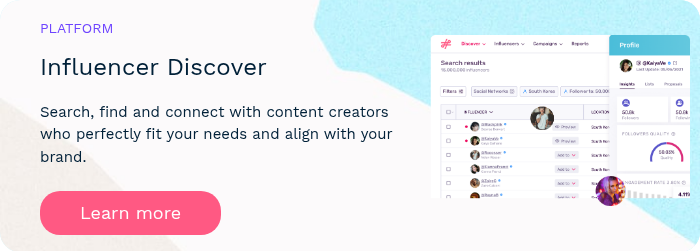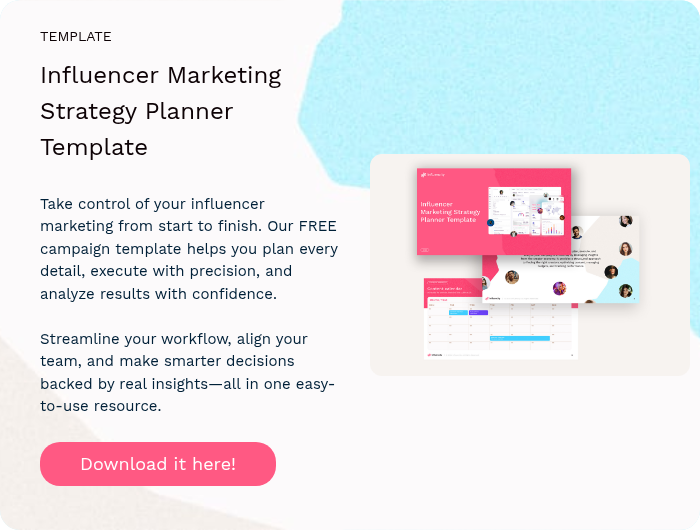Let’s be honest: if your client has a local business or a target audience in a specific area, it doesn’t make much sense for their campaign to reach people who can’t actually become customers.
That’s why local influencers have become one of the smartest strategies for agencies looking to run campaigns that deliver real results. These creators know their community, understand what matters to people in their city, and have built trust with followers who can genuinely visit that restaurant or book that service you’re promoting.
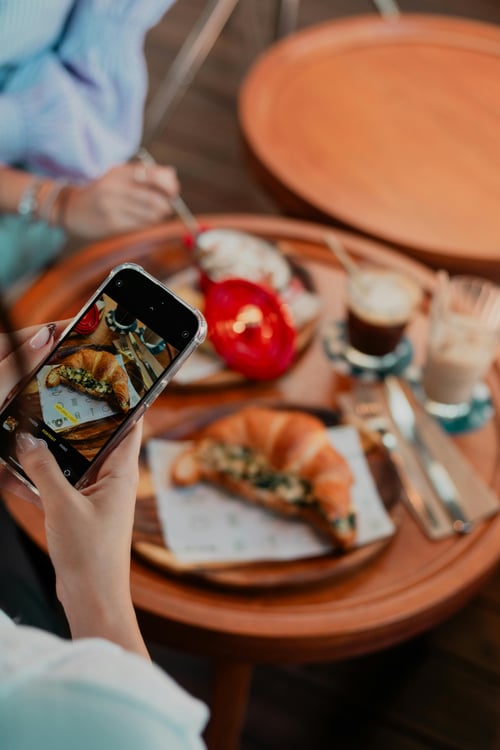
I often see brands focused on getting “more reach” without asking themselves: Who is really seeing this? Can those people actually become customers? This is where local influencers make all the difference, and why it’s so important to know how to search influencers who truly fit each campaign’s goals.
Finding these profiles isn’t about spending hours scrolling through Instagram hoping to find someone with the city listed in their bio. It’s about using data, strategies, and tools to identify creators who align with your client’s brand, speak to the local audience you want to reach, and generate authentic engagement that translates into results.
In this post, we’ll cover exactly what a local influencer is, why they can make a difference in your campaigns, and most importantly, how to search influencers in your area strategically—saving time, staying focused, and ensuring your clients get the best return on investment.
Ready to build campaigns that truly connect with the community and drive results? Let’s dive in.
Understanding the Power of Local Influencers
Before we discuss how to find local influencers, let’s start with the basics: what exactly is a local influencer?
A local influencer is someone with a loyal online following in their local area. Essentially, local influencers are members of a local community who have built solid reputations as experts or thought leaders. As a result, their followers trust what they say and believe in their recommendations.
As the content that they post is specifically targeted to their local community, local influencers tend to be nano-influencers, as they usually have between 1K-10K followers. Because their audience is smaller and based in the same geographic location, followers are often more engaged with the brands that local influencers promote. This enables brands to successfully raise awareness in their target markets. Key players are often small businesses specializing in hospitality, travel, or local produce, for example.
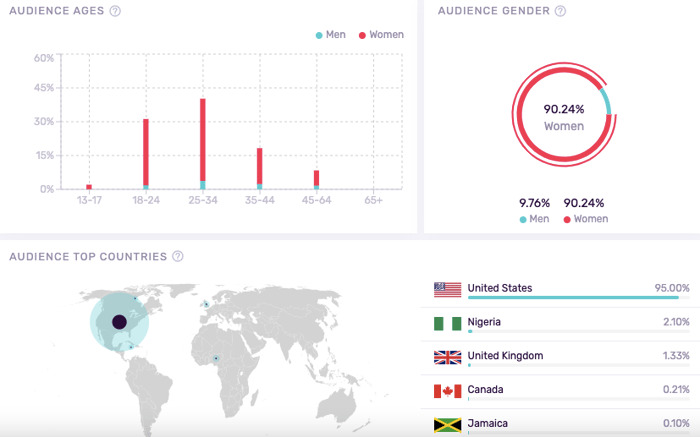
The Real Benefits of Working with Local Influencers
So, why is it so important to promote locally these days? What benefits can a nano-influencer from your community offer you compared to macro or celebrity influencers?
Although macro and celebrity influencers have much larger followings and can usually reach a much bigger audience, many brands find that working with less notorious influencers often results in higher engagement levels. And this is especially beneficial if you are trying to specifically target consumers in your local community.
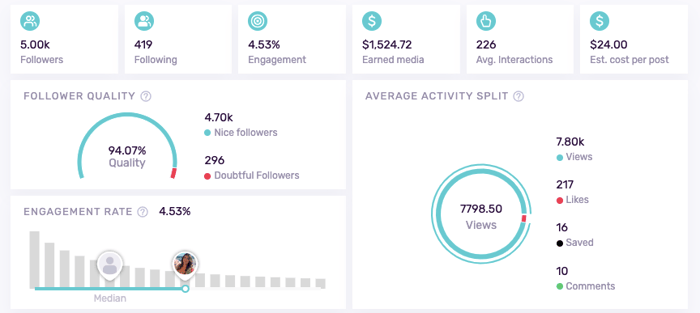
For example, if you are a local restaurant, then there’s no point promoting your brand on a global scale, as most of the people you will reach with your campaign will probably be unlikely to visit your region, let alone your establishment. You’ll get a much higher level of engagement and return on your investment if you target potential consumers who live within driving distance.
What’s more, because a local influencer is an existing member of your community, they will already understand what your target audience values from a brand. This will help them appeal to them with the right message and encourage them to take an interest in what you have to offer. To continue with the same example, a local influencer is likely to have a much better understanding of what people in the community enjoy eating and drinking, which will help their followers relate to them.
And here’s where I want to be clear: if your client has a physical business or a target audience concentrated in a specific city or area, working with local influencers is not just a good idea; it’s probably the difference between a campaign that generates real visits and one that ends up with empty likes.
Sometimes the doubt arises whether it’s really worth investing in smaller profiles when you could get more “reach” with a bigger profile. But the data is clear: according to Influencer Marketing Hub, nano-influencers (1K-10K followers) can have engagement rates of up to 5%, while macro-influencers often remain around 1-1.5%. And, most importantly, the audience of a local influencer can actually go to that restaurant, book at that beauty center, or visit that shop you’re promoting.
These types of collaborations often generate real conversations: questions about location, price, or whether there are vegan options, plus comments from people who can actually visit and try the product or service. That real interaction, not just “likes,” is what builds a local community and drives sales.
Additionally, working with a local influencer brings:
- Authentic, relatable content that builds trust.
- The possibility of repurposing that content for local ad campaigns, reducing CPL and improving CTR.
- A real connection with the audience, as the influencer understands their habits and needs.
- The opportunity to establish ongoing collaborations, creating a long-term trust-based relationship.
In short: if you’re looking for global awareness, a macro-influencer can help you. But if your client needs sales, foot traffic, and a local community, investing in a local influencer isn’t optional—it’s a smart strategy.
How to Search Influencers That Truly Fit Your Brand
So, we’ve seen what they are and how they can benefit your brand. Now let’s look at how to search local influencers so that you can hire them to promote your brand.
Search Through Your Own Social Following
The first place to look is your own social media followers. What percentage of your audience lives locally? Are any of them influencers? If so, do they create content focused on your industry? Remember, it’s all well and good finding local influencers with dedicated followers, but if the content that they post doesn't align with your brand then there’s no point in collaborating with them as they won’t have the right audience.
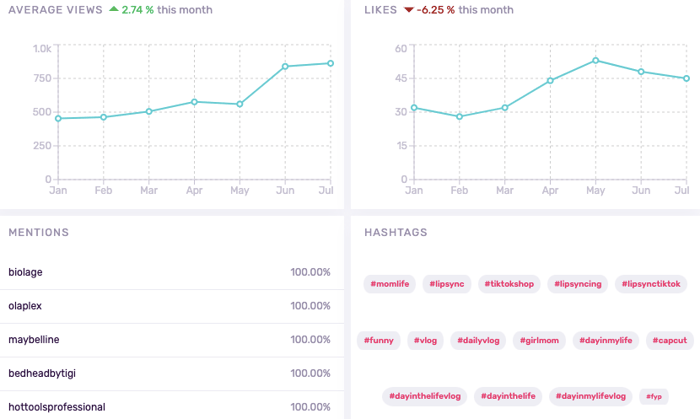
If you do find a local influencer with the right style of content, take a look at their performance metrics, too. How frequently do they post? How active and engaged is their audience? Do their values align with those of your brand? Would you want your brand to be associated with them?
Some influencer marketing platforms, like Influencity, let you add these local profiles to your own influencer database, giving you access to these stats and more. This way you know that you are getting the most bang for your buck on the local influencers in your area.
Check Local Hashtags
The next strategy you can use involves checking social media hashtags related to your brand and products. Be sure to narrow down your search, so that you only search for results that correspond to your local area.
For example, if you want to see if there are any local influencers who could promote your New York restaurant, you could search for anyone using the hashtag #newyorkfoodbloggers. Try a variety of keywords to see what posts come up. You might find someone working with similar brands in your local area.
Besides using hashtags to monitor relevant conversations, it’s important to take it a step further and measure the sentiment behind what people are saying about your brand. Let’s be honest, it doesn’t help much to know you’re getting mentioned if you don’t know how you’re being mentioned. Are people recommending you? Criticizing a service? Just mentioning you in passing? Understanding this nuance lets you clearly see how your brand is perceived and how that perception evolves with each campaign.
It’s also worth keeping an eye on your competitors. Not to copy them, but to analyze what types of conversations they’re generating, which topics resonate with their audiences, what kind of engagement they’re getting, and which influencers they collaborate with. This gives you insight into what’s working in your niche and shows you opportunities you might be missing, especially when working with local influencers to build real, community-driven campaigns.
And this is where social listening tools like Influencity can make your life easier. You can monitor hashtags, analyze brand mentions, measure the sentiment around those mentions, and track your competitors all in one place. What used to take hours manually scrolling through comments and posts can now be organized visually, helping you make decisions based on real data, not just gut feelings.
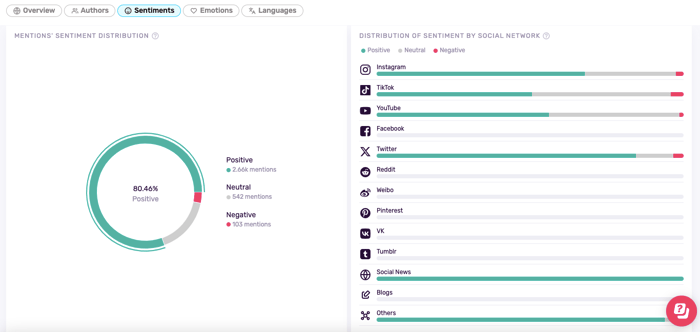
Because at the end of the day, the difference between an influencer marketing strategy that only collects likes and one that drives actual results is your ability to truly listen to what people are saying about you, your industry, and your competitors. Measuring sentiment and understanding the real conversations happening in your community, especially when working with local influencers, is the first step toward improving, adapting, and growing.
If you’re wondering how to search influencers who align with your local community and your brand values, social listening is one of the most effective first steps. By listening to what people are talking about, which influencers are already involved in those conversations, and what your audience cares about, you can identify the right profiles to collaborate with, instead of relying on vanity metrics alone.
Use an Influencer Platform
Finally, the most effective way to find local influencers is by using an influencer platform. That way, you have access to a broad variety of profiles which you can narrow down by filtering for certain interests, locations, and influencer and audience brand affinities. This means that you can quickly create a list of potential candidates in your area.
Additionally, Influencity provides you with key audience data for each profile: where their followers are located, what languages they speak, and what brands and interests they engage with. This is crucial because many times an influencer might live in your city but have 80% of their audience in another country, which won’t help your local client. With these insights, you can confirm that you’re truly reaching your target audience at all times, driving customers to your business, and ensuring you get the best possible return on investment.
In short, if you want to save time, select the right profiles, and build influencer marketing campaigns that generate real results for local brands, using a platform like Influencity isn’t optional—it’s a strategic investment.
In today’s competitive landscape, focusing on local influencers isn’t just a nice-to-have—it’s essential for agencies that want to create campaigns with real impact. The power of these influencers lies in their authentic connection with their community and their ability to drive meaningful engagement that turns followers into customers.
Knowing how to search influencers effectively can save you hours of guesswork and ensure your campaigns hit the right audience every time. Using a comprehensive platform like Influencity gives you the tools to filter influencers by location, interests, and audience demographics—helping you find the perfect match for your client’s local strategy.
If you want your campaigns to go beyond vanity metrics and generate real foot traffic, sales, and brand loyalty, investing time and resources in finding the right local influencers is a smart move.








